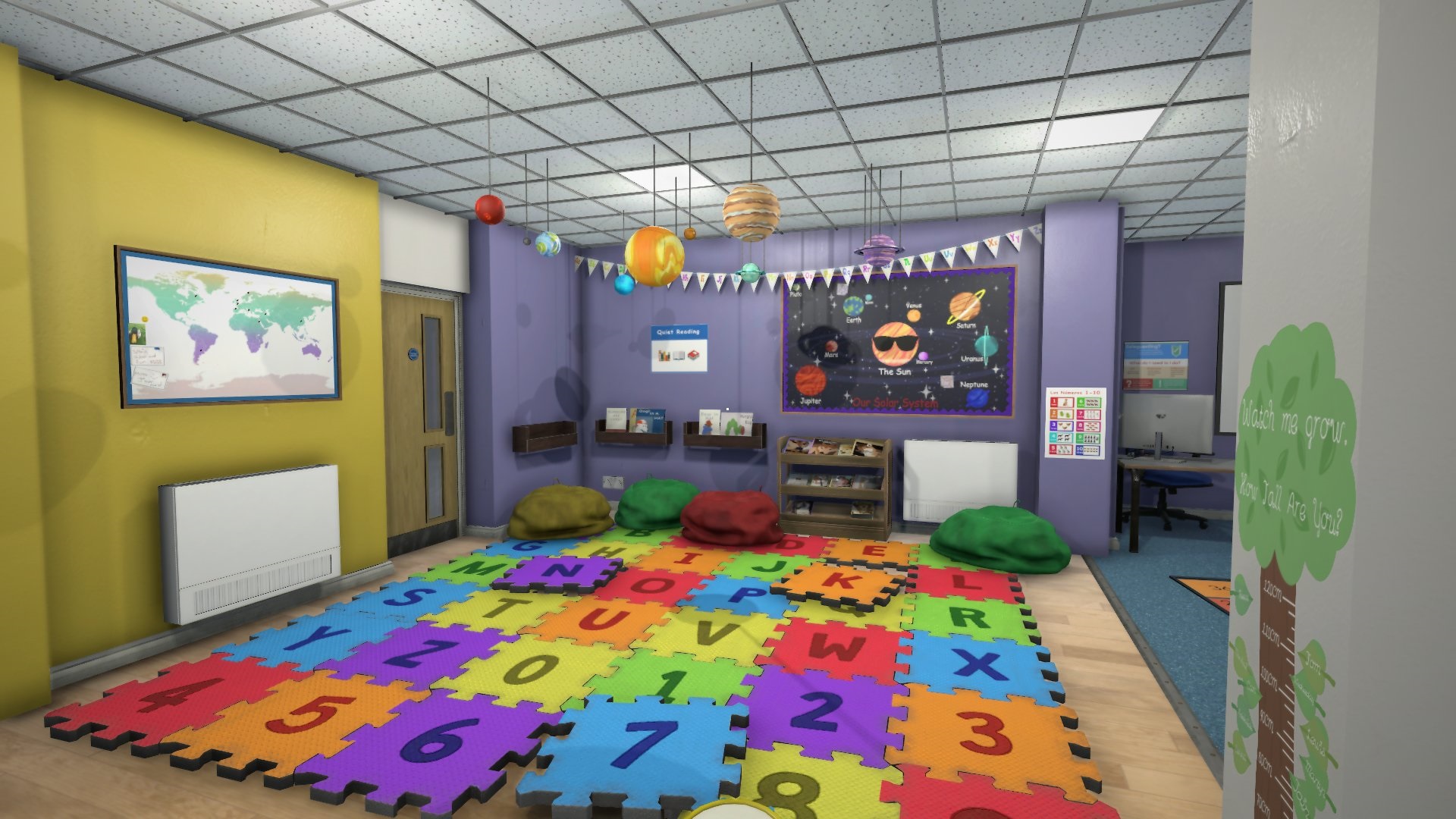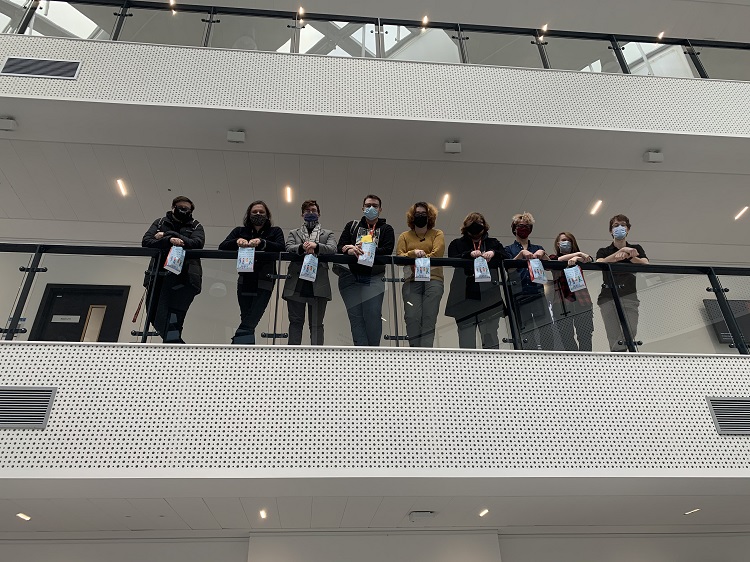Gaming experts give fellow students virtual help after work placements are cancelled
Date 30.11.2020

Students who saw their placements in schools and nurseries cancelled by Covid-19 have been gifted a virtual solution by their peers at the University of Northampton.
An integral part of Early Years teaching students’ training at the University is spending several weeks a year putting what they’ve learnt into practice in the real world.
Unfortunately, due to the pandemic, all placements in nurseries, pre-schools, primary and special education needs schools had to be scrapped.
But, all was not lost after a group of eight students from the University’s Games courses answered the call for help from Head of Early Years, Dr Eunice Lumsden.
They burnt the midnight oil to create a virtual reality version of a pre-school, which allows the Early Years students to safely explore and identify hazards in a simulated environment – take a look at the virtual world, below:
“When I had the first glimpse of the virtual environment it was incredible to see what the students had achieved from the initial brief,” said Early Years Lecturer, Devon Rossetti.
“There’s been a lot of frustration with them not being able to take part in work placements, so this will help to alleviate some of that frustration.
“Both our first and second year students on the Early Childhood programme are unable to complete a practical placement in the current climate. A virtual environment will enable them to experience practice in an innovative way.”
Devon added: “The students are due to start using the virtual setting in the New Year, and I really hope they engage with it as much as myself and my colleagues have done.”
Iain Douglas, Senior Lecturer in Games Art, was impressed with the Games students’ commitment to the project.
It was a labour of love
He said: “When the opportunity to work on something fun and helpful arose, the students from the Games Design, Art and Programming courses jumped at it. They were a dedicated team and for five weeks worked solidly – sometimes late into the night – to get the virtual environment up and running for the beginning of the academic year. It wasn’t just an excellent CV-building opportunity for them, it was a labour of love – they were really motivated by helping their peers on other courses and I’m so proud of their efforts.”

The Games students who created the virtual world.
The students who created the virtual environment were: second year designer Serena Green; third year artists William Marshall, Wednesday Garrett and Adelaide Essex; second year artist Thomas Mew Myatt; graduate artists Reece Bowey, Cameron Torrie and graduate programmer Bartosz Bielinski.